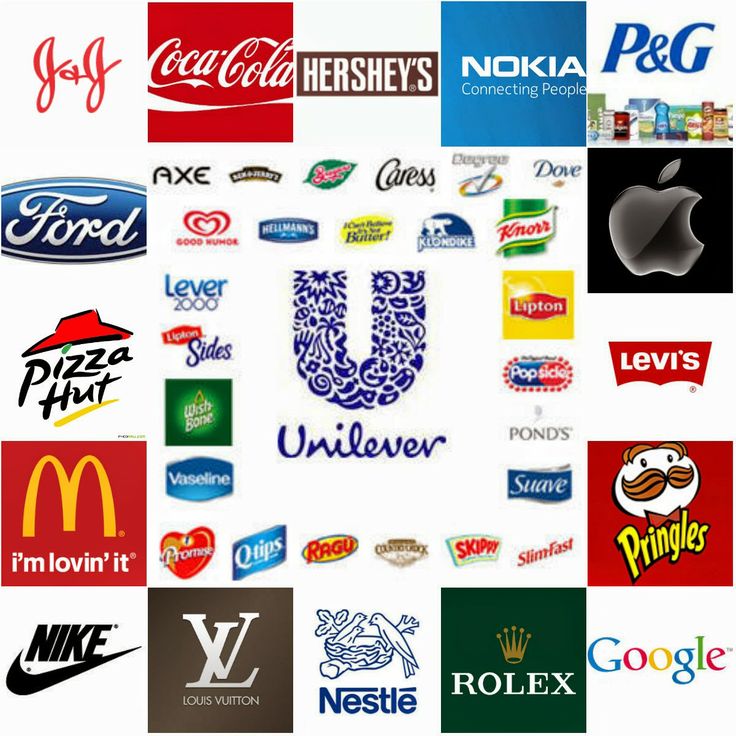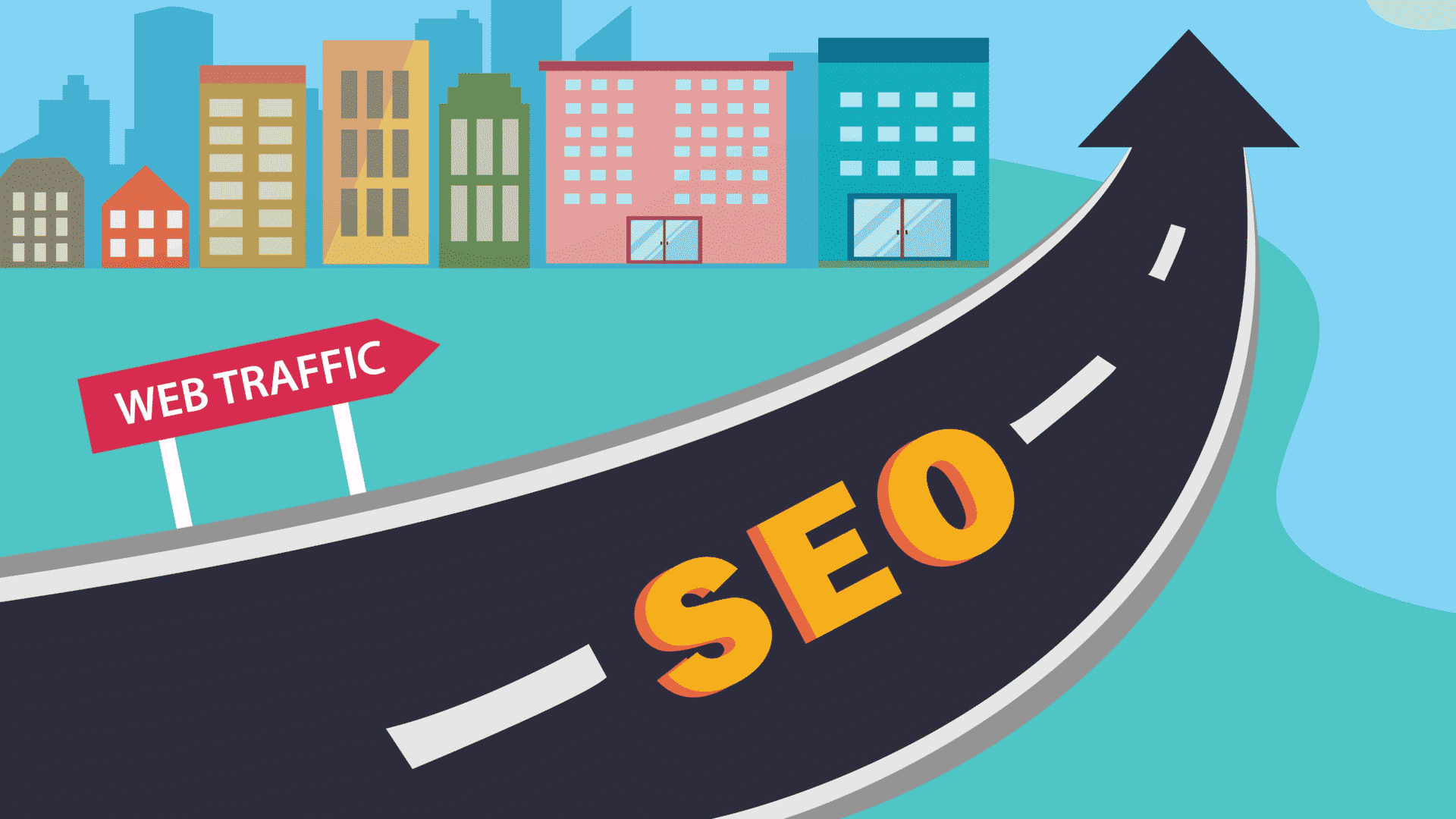Lorem ipsum dolor sit amet, consectetur adipisicing.

How Does Pricing Contribute To Your Brand Image
Category: Celebrity & Written by admin On February-11-2022 15:03:23
What pricing does to the brain is strange. Have you ever bought something because it was "on sale" when you didn't need it or really wanted it? When it comes to buying goods and services, we all associate prices with many emotions.
However, marketers face a moral dilemma because of the impact of this subconscious of pricing and payment strategies on the consumer's brain. How safe is it to take advantage of this impact to increase sales before it damages the brand's image?
Here are some commonly used pricing strategies and how they affect your brand's reputation.
Price Comparison
"10% cheaper than other supermarkets and refunds!" Is just one variation of the re-run price comparison campaign. Again by a large supermarket chain. This is one of the most commonly used strategies when trying to gain greater market share or position a brand as a leader. Another common use for price comparisons is to lower the price of an item. When an item is sold, brands often list "MSRP" on their tickets, followed by a discounted price. If you have multiple discounts, you can also list these prices to increase the perceived "value" of your transaction. In the sector where services are provided rather than products, price comparisons are often performed using price range or scale. For example, software solutions are usually basic solutions with minimal functionality (often free or very cheap) and features of all kinds (often too much for the average customer's needs). We offer top-notch options with a fairly high price. Next, we adopt a cost-effective midrange package with the core features that the average user needs at a reasonable price. This is called "anchor pricing" and is often very successful when selling a service.
Dynamic Pricing
Raising prices during a busy purchase / use period is a great way to increase sales, but dynamic pricing has its drawbacks. It makes sense to be able to charge more and increase profits when the demand for products is increasing. And yes, people will often pay for it. But it doesn't convey the brand's best image in terms of trust. It allows customers to buy more about their money than their needs and does not stimulate trust.
Flat Pricing
Flat pricing is the opposite of dynamic pricing. Dynamic pricing means that prices drop significantly during late hours and rise during peak hours (for example, using Uber's pricing model), while flat pricing means that prices are always in the mid-price range. Means to stay in. For dynamic pricing, you can argue that you can get a bargain if your customers are familiar with it, but a flat rate gives you more security. By keeping the price constant, customers can trust the price and trust the brand. It's simple and transparent. Often a recipe for customer loyalty.
Conclusion
When it comes to pricing, the right strategy will depend on your industry, your target customer`s buying attitude and your brand message. It makes sense that if your target customers are looking for low budget options, the price strategy that allows you to keep the base price low is the best option. However, for more high end brands, it`s less about price and more about quality/experience, therefore different pricing methods will need to be used and potentially some revenue may need to be sacrificed to sustain the
Comments
Sign Up !
Categories
Recent Posts

Why do you use a consultant for your business?
July-04-2022 16:13:53

Can SEO help startups to grow?
July-04-2022 16:05:35
HOW CAN I DEVELOP A PERSONAL BRANDING STRATEGY?
July-04-2022 16:01:42

What are the major advantages of social media marketing for your business?
July-04-2022 15:58:28
